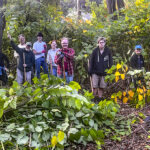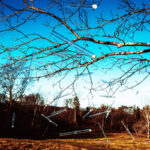
By Vicki Amalfitano, Lucia Gates, Eva Hoffman, and Adam Howe What makes you feel at ease when you drive down a town street? Would it be as comfortable on a hot summer’s day without shade trees? Tall, beautiful oak, maple, and birch trees; magnificent beech trees, flowering dogwood, magnolia, and cherry trees enrich our streets and yards. They fill our senses with their beauty, and they cool our homes. They take in the carbon dioxide we breathe out, and they release the oxygen we breathe in. We are grateful for the trees’ benefits and their positive impact on the value [READ MORE]



















